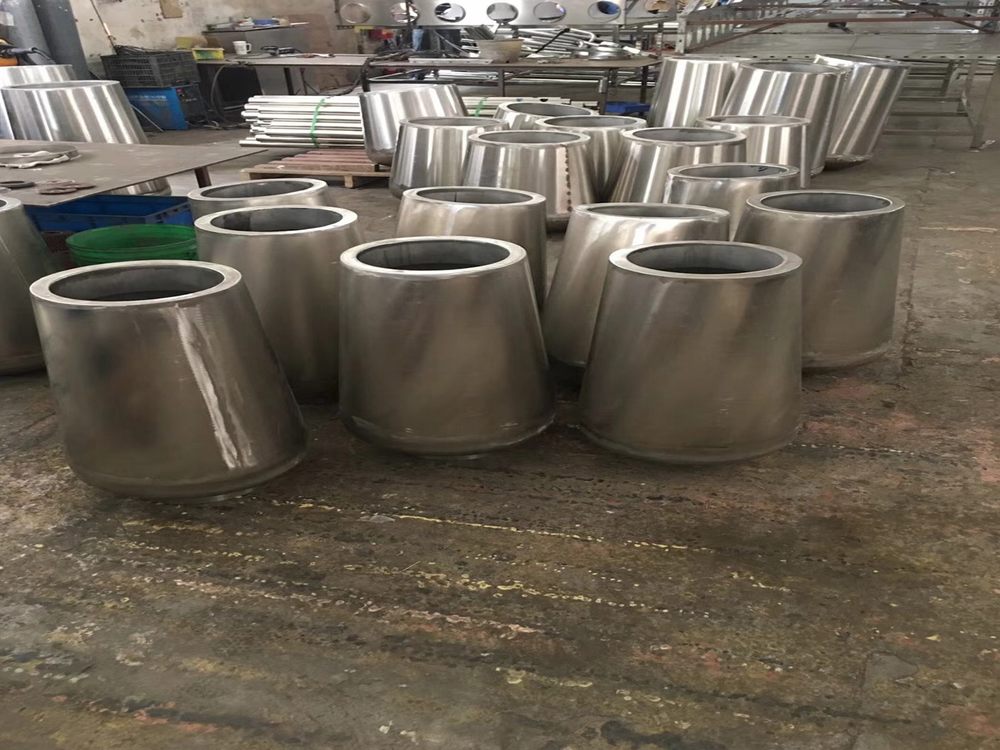
Bronze conservation has evolved significantly over the centuries, with traditional and contemporary methods offering distinct approaches to preserving these invaluable artifacts. Traditional methods often relied on mechanical cleaning, such as scraping or brushing, and the application of natural coatings like wax or resin to protect the surface. These techniques, while effective for their time, sometimes caused unintended damage due to their invasive nature.
In contrast, contemporary bronze conservation emphasizes non-invasive and scientifically backed techniques. Advanced tools like laser cleaning allow for precise removal of corrosion without harming the underlying metal. Chemical treatments are now tailored to specific types of corrosion, ensuring long-term stability. Additionally, modern methods prioritize environmental controls, such as regulated humidity and temperature in museums, to prevent further degradation.
Another key difference lies in documentation and analysis. Contemporary conservators use X-ray fluorescence (XRF) and 3D scanning to study artifacts in detail before treatment, ensuring minimal intervention. Traditional methods lacked such precision, often relying on visual assessment alone.
Ultimately, while traditional methods were rooted in practicality, contemporary techniques combine technology and science to preserve bronze artifacts more sustainably, safeguarding cultural heritage for future generations.

